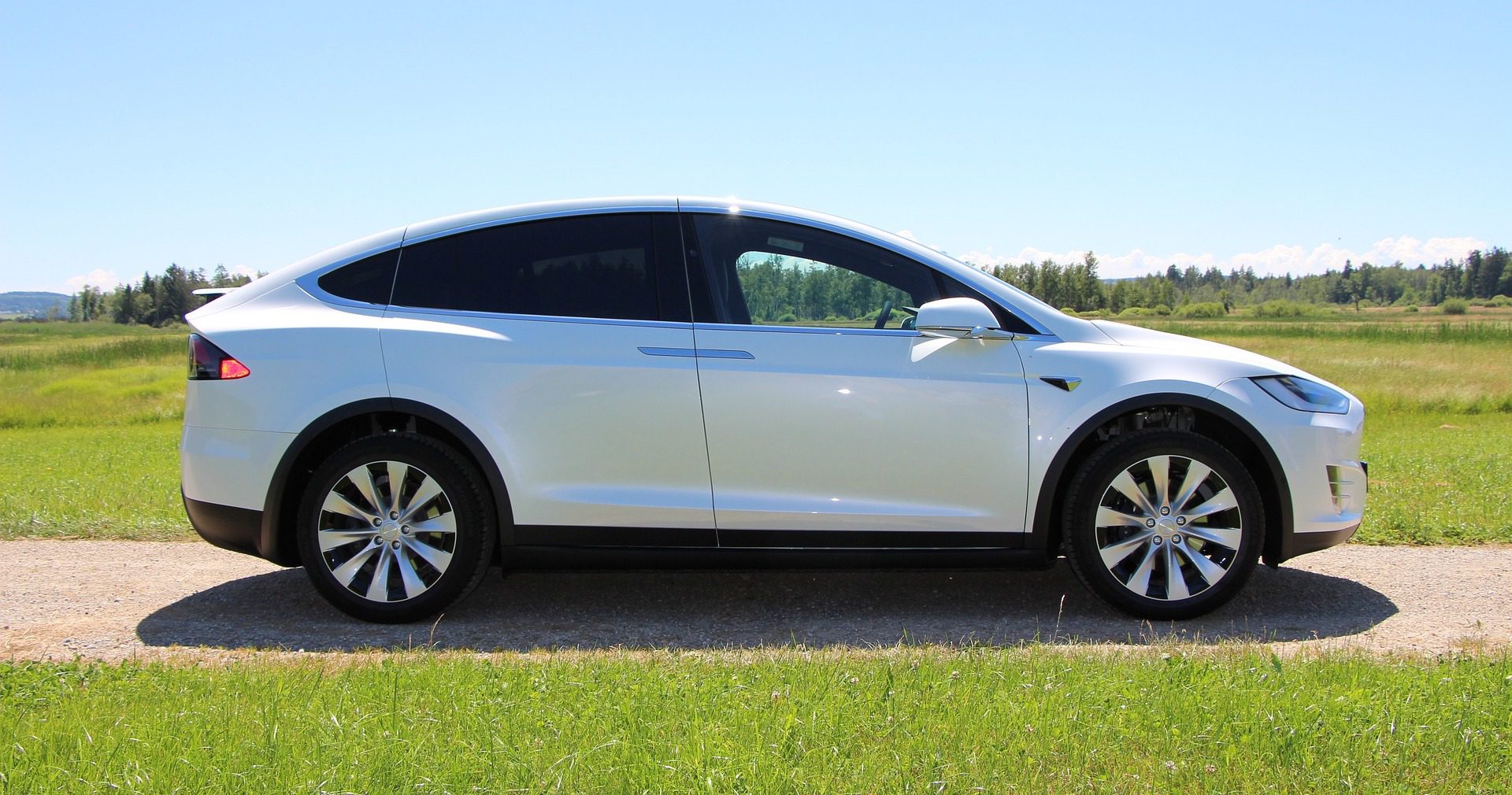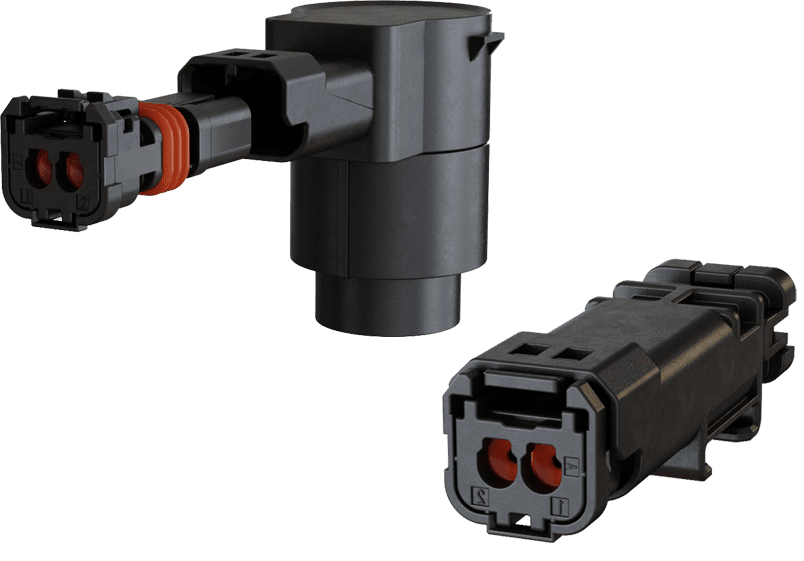Four Key Features to Consider When Choosing Connectors for Vehicles
As transportation technologies evolve, the connectors that have served the industry well for decades are being joined by a new generation of small, lightweight, versatile, and powerful interconnects.

Many connectors for vehicles that designers and manufacturers rely on have been on the market for decades. Modern cars, light trucks, and motorcycles include legacy connectors throughout the vehicle. There’s a lot to be said for tried and true transportation technologies, especially considering that the related tooling and assembly equipment costs for these systems were amortized years ago. The times, though, are a-changing.
Significant advancements are occurring in transportation technologies in response to consumer demand for safer, smarter, and greener vehicles. These developments often make it necessary for designers and original equipment manufacturers (OEMs) to seek out new interconnect solutions.
New developments in vehicle propulsion systems are key drivers of this quest. Consider, for example, the following:
- The traditional internal combustion engine vehicle has a 12/14V harness.
- Mild hybrid vehicles (also called power-assist hybrids and battery-assist hybrids) have additional 48–60V battery systems.
- Plug-in hybrid and full electric vehicles (EVs) have additional electric and electronic systems. Connectors are needed between motors, inverters, and charging mechanisms.
In addition, the proliferation of electronics in vehicles — especially cars, light trucks, and fleet vehicles — means more electrical connections than ever before. Even a low-end vehicle now has 30–50 electronic control units (ECUs), while a luxury car can have as many as 150 ECUs. Meanwhile, a technology-laden vehicle can have as many as 65 central processing units (CPUs), requiring another level-up in connector technology.
Furthermore, when high-voltage interconnect systems come into play, the electrical design must also account for clearance and creepage. As connectors for high-voltage applications are generally larger than their 12V predecessors, this can create another design issue. What’s more, all connections must be accommodated within the same finite space, which creates spatial challenges, as the overall cable and connector content in EV systems is greater.
Here are a few pointers that can help you specify interconnect solutions for the latest generation of vehicles.
Choosing Connectors for Modern Vehicles: Four Key Features to Consider
- Size and Power Handling: As OEMs integrate greater levels of functionality into vehicles, the number of interconnected devices multiplies and power requirements rise. However, the design space remains, for the most part, finite and unchanged. Miniaturization has been a major industry trend for several years, and compact connectors are half of the solution; the other half is power handling. Therefore, when researching interconnect systems, look for the optimum combination of compact size and power handling.

JAE’s MX80 Series combines miniaturization and power handling for compact, high-voltage applications, with a 33.6mm x 10.4mm mated package size and a maximum potential current performance rating of 10A.
- Performance and Specifications: Until fairly recently, choosing a more compact connector often meant making compromises or sacrificing features due to the reduced size. Today, however, connector suppliers offer an expanding range of high reliability miniature connectors that meet global OEM specifications for temperature, vibration, and sealing performance. These interconnect systems may also have secondary locking, clip retainer features, latch protection, and other options.
- Extensive Wire Size Range: A connector system with an extensive wire range allows OEMs to specify it for multiple applications and systems throughout the vehicle. Even with varying amperage requirements, the connector can remain the same; only the size of the wire needs to change. The ability to repeatedly use a single connector system can streamline, simplify, and speed up design and manufacturing, while also offering OEMs the potential for volume discount pricing. A wire size range that can support and hold a connector’s specified ingress protection (IP) standard is especially valuable.

Three of the six different wire size options supported by JAE’s MX80 Series
- Flexibility: Flexibility in a connector system equates to greater versatility and integrability and more opportunities to improve the electrical design and overall vehicle experience. Ultimately, the more flexibility a connector system offers, the more opportunities OEMs have to save space, weight, time, and money.

Versatility is key when choosing the right solution. JAE’s MX80 Series is capable of both wire-to-interface (as shown above) and wire-to-wire connections.
Other examples of flexibility include options such as connector position assurance (CPA) features, polarization and color-coding options, and PCB header and cable relay connection options. Ask connector suppliers about potential plans to add even more flexibility and versatility to their connector systems. For instance, plans to expand pin counts and add higher temperature or shrouded versions could enable designers to improve systems as technologies evolve.

JAE’s MX80 Series provides three key-code polarization options for added flexibility.
Past, Present, and Future Many of the traditional connector workhorses are being augmented by a new generation of connectors that serve new systems and technologies. Be sure to research the full array of connectivity solutions available to choose designs that can serve the vehicles of the future with the same rigor and reliability that legacy connectors have provided.
For more information on transportation connectivity innovations, visit JAE online.
Like this article? Check out our other How to Specify articles, our Transportation and Automotive articles, plus review a full listing of our 2021 Articles.
Subscribe to our weekly e-newsletters, follow us on LinkedIn, Twitter, and Facebook, and check out our eBook archives for more applicable, expert-informed connectivity content.
- Four Key Features to Consider When Choosing Connectors for Vehicles - December 7, 2021
- Four Key Features to Consider When Choosing Automotive Connector Systems - December 1, 2020





